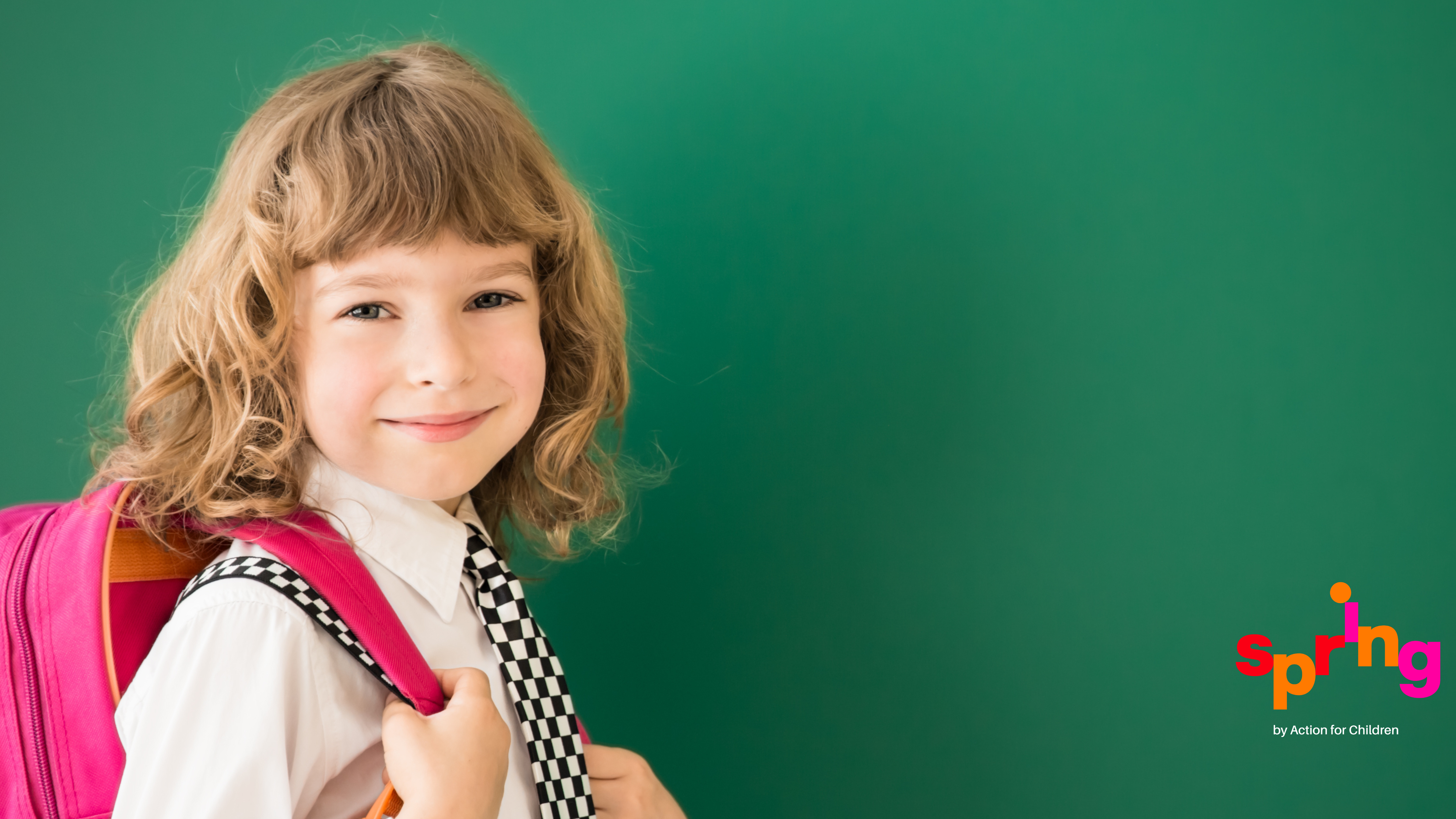
School Readiness
As September draws near, it can be a difficult time for those parents whose children will be starting ‘Big School’ – Reception Class. This transition to a new setting can bring a mixture of emotions for everyone involved. Whilst some parents know that their child is ready for the next stage; others may be equally as sad or anxious that their baby is taking this big step and confused over the increasingly popular phrase ‘school readiness’. Carers can often need support to understand that school readiness is about a lot more than just their child’s reading, writing and mathematical skills, and as skilled childcare practitioners you are well placed to help parents with understanding this and with the transition.
So, what does ‘school readiness’ mean?
In short, children should develop good social and emotional skills, and by possessing these skills appropriate to their age, children will be ready to learn’ and be well equipped to enter reception. Our job in Early Years is to support children in the development of these social and emotional skills amongst others and ensure we are aware that these areas are as vital as mathematical and literacy abilities for the child prior to starting school. Through observations, planning, activities and really knowing the child we can tailor learning experiences to ensure every child has the best opportunity to learn the skills and attitudes necessary to become school ready.
As briefly mentioned at the beginning, the transition to ‘big school’ can be an anxious time for both parents and children so here are a few ideas on how everyone can help ease the potentially stressful transition for children.
Overall, children do not need to read books or be able to recite numbers to 20 to be ‘school ready’, instead, school readiness is more about a child’s ability to be independent, ready to learn and to thrive in their new environment.